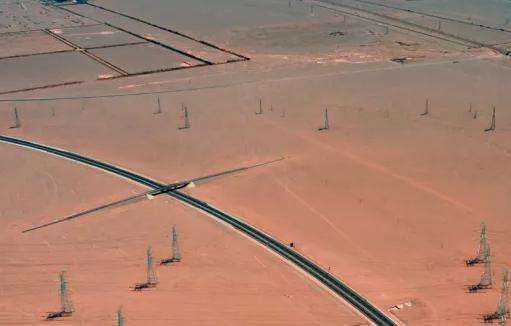The excitation current flows through the rotor, but the rotor does not turn. At this moment, the rotor generates an alternating magnetic field determined by the frequency of the excitation current. However, even if such a magnetic field induces an emf. in the stator, it should not be able to produce electricity on the grid because the frequency, phase, voltage, etc. are different. are different from network settings. From the perspective of energy conversion, the excitation current generates a magnetic field, but does not participate in the conversion of electrical energy, so a large amount of heat will be generated and the rotor coil may be burned .
"The voltage can reach 410V when first powered on (the voltage regulation is already the highest)." If this sentence is a summary of how it works, I can tell you that the AVR and excitation of the system generator you are using DOES NOT match.
Under normal circumstancesthe, the no-load setting voltage range of the generator should be 350V~500V, but the AVR you equipped has a maximum setting of 410, which is obviously not qualified. Since the generator resistance will increase with increasing temperature after the generator is loaded, there must be enough excitation current to compensate for the drop in generator output voltage. However, your AVR cannot provide compensation current, so operating time will be reduced. shortcut. The reason why the long-term voltage will gradually drop to 370V.














